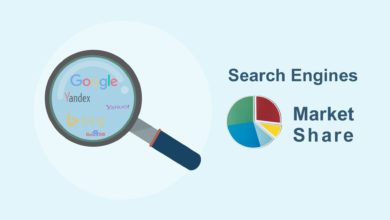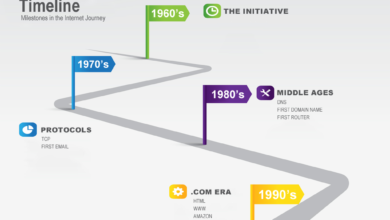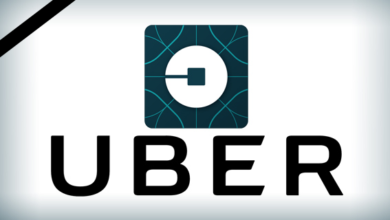Internet of Things (IoT): a Reality
History, Present and Anticipated Future of IoT
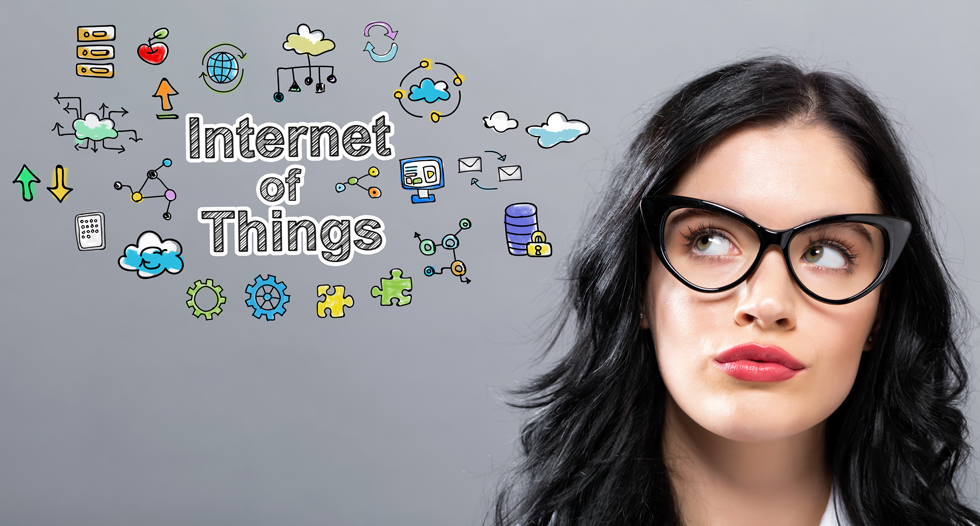
- IoT Definition: Connecting physical devices running different applications and algorithms in one coherent network.
- The term "Internet of Things" was first introduced in 1999 by Kevin Ashton of P&G.
- Internet of Things "IoT" became most popular in 2016
- 75 billion devices will be connected by 2025
Internet of Things (IoT) Origin
Multiple sources indicate that “Internet of Things” or “IoT” is a term that was coined in 1999 by Kevin Ashton of Procter&Gamble. However, the history of the whole concept is debatable, some authors may even go all the way back to 1832 when Paul Schilling invented the electric telegraph in Russia, we won’t go that far! It is not most logic to go back in time to a point where internet was not even invented yet! I would say that 1982’s Coke machine at Carnegie Mellon University becoming the first Internet-connected appliance would mark the first event in the history of IoT, but that’s only me. Actually, talks about the concept have been going on for years now, Mr. Ashton himself said that the term is “still often misunderstood“. However, almost 20 years later after his presentation, we have a clearer idea on the concept and the whole world is moving forward towards it.
I could be wrong, but I’m fairly sure the phrase “Internet of Things” started life as the title of a presentation I made at Procter & Gamble (P&G) in 1999. Linking the new idea of RFID in P&G’s supply chain to the then-red-hot topic of the Internet was more than just a good way to get executive attention. It summed up an important insight which is still often misunderstood.
Kevin Ashton
According to google trends, people’s interest in the term “Internet of Things” started to rise in 2012 and peaked in November 2016.
From Internet of People (IoP) to Internet of Things (IoT)
Why do they call it internet of things? For starters, the name looks catchy, you can’t argue with that. Secondly, it fits the definition and provides a clear idea of the whole concept. Prior to 2010’s internet was more likely to be called “Internet of People” or “Internet of humans”, a phone or a computer will need a human to guide it through. Now, your watch can talk to your phone, your phone can send signals to your car, your car will be connected to the internet in one way or another and so forth. Actually in first quarter of 2016 there were more cars-connected than mobile phones, I found this hard to believe, but it checks out, 31% were phone, 23% were tablets and 32% were cars! (Source: Kevin Wallace)
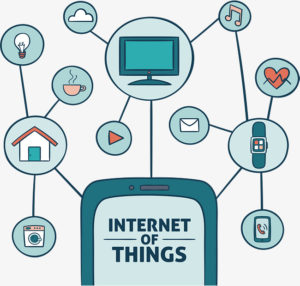
So the idea is simple, instead of people using devices to communicate, the devices or “things” will be communicating with each other without human interference. But how to reach there? It doesn’t need an expert to tell that reaching this goal will require to connect different things running different applications and technologies in one giant coherent network.
Where will IoT be applied?
Well, EVERYWHERE!
Whatever can be connected, will be connected, right? And as long as any device could be connected, IoT will be applied virtually everywhere around us, cars, refrigerators, coffee makers, washing machines, wearable device and so on. Businesses are already partially applying the concept in various industries: Healthcare, Government, Education, Manufacturing, Energy, Retail, Transportation, Finance, Smart cities are all already using some sort of IoT in their operations.
Stumbling Blocks
Like any technology advancement, IoT has some obstacles to overcome. Internet speed was major obstacle in the past, but today with super fast broadband internet in our houses and the advances toward 5G internet, this won’t be a problem anymore. Apart from the technical challenges and data security, privacy and safety are big concerns. A self-driving Uber car killing a pedestrian in Arizona last week was a major setback to the concept of self-driven connected vehicles. However, the accident, as sad as it is, it could have happened with any Uber driver, worst things have happened, we recall the tragedy of British diplomat in Lebanon that was murdered in December 2017 by an Uber “human” driver. This of course, doesn’t justify the self-driven car accident and safety will always come first especially with self-driven vehicles roaming the streets.
The “Internet of Things” is here to stay
It has been estimated that by 2020 there will be more than 50 connected devices in an average household or “smart” house. And according to the below graph from Statista, 23.14 billion devices will be connected to the internet in 2018, and the number will triple by 2025, that is less than 7 years from now, to reach 75 billion connected devices. If that doesn’t mean that internet of things is already here and it is here to stay, what does!
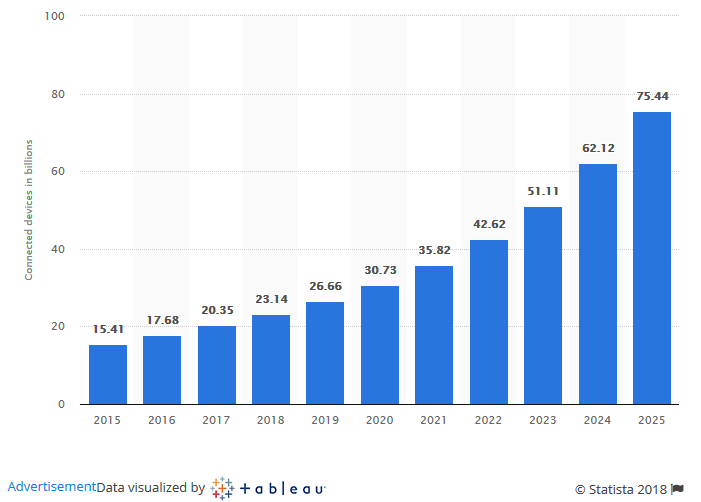
Those were some thoughts regarding Internet of Things, the coming years will tell how accurate those forecasts are, and how will they impact our everyday lives we’ll just have to wait and see. Stay tuned to ciatec.com, share and comment.




